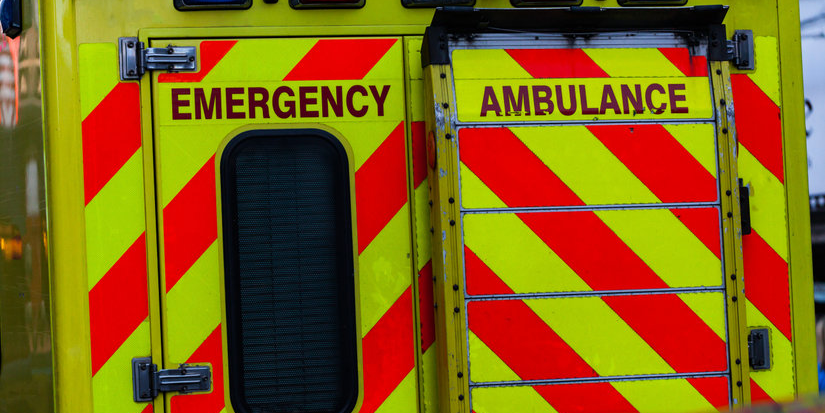
Being an EMS worker is a demanding job that often requires heavy lifting and carrying, working in dangerous conditions and exposure to bodily fluids or other substances.
These factors contribute to an injury rate for EMS workers that’s higher than the general workforce, with injuries seen most often in those who have worked the job longer or work more hours. Because of this, it’s important to know the most common causes of workplace injuries in the EMS field and what steps you can take to avoid them.
Most Common Injuries
While many injuries can be suffered on the job, these are the most common:
Body Motion Injuries: These are often the result of heavy lifting, awkward postures, failure to prepare for lifting or a lack of rest while off work. These injuries often occur during routine job activities, such as pulling a patient from a bed to a stretcher, carrying a stretcher down a set of stairs or lifting a patient onto a backboard.
Perhaps the most effective way to eliminate these injuries is using a powered cot, which lessens the force and muscle activity required. However, if one isn’t available to you, there are other preventative steps you can take, such as regularly performing strength and flexibility exercises or resting on your days off. Taking these steps will help prepare your body for lifting heavy and awkward objects and prevent overexertion.
Exposure to Harmful Substances: Potential exposure to harmful substances is a reality of the job, with blood and needles being the most likely sources of exposure.
The most effective way to avoid exposure is to use your PPE and adhere to standard precautions. While this may seem like an obvious tip, a recent study found that 38% of urban and 19% of rural EMS personnel inconsistently follow standard precautions.
Following internal and national standards and protecting exposed orifices are simple steps you can take to reduce the risk of exposure while responding to an emergency.
Slips, Trips and Falls: As an EMS worker, you’ll often find yourself in situations that leave you susceptible to falling. Rushing on changing surface levels or in adverse conditions can cause you to slip or trip, and carrying patients or heavy objects reduces balance, making it easier to fall.
While you may feel rushed or stressed during an emergency, take time to stop, survey the environment and look for clearer pathways if necessary. Additionally, slip-resistant shoes can reduce your risk of slipping when working in wet conditions.
Motor Vehicle Incidents: While motor vehicle incidents are only the fourth most common type of injury for EMS workers, they’re the leading cause of death in the field and often occur at intersections.
If you’re the ambulance driver, be sure to remain aware of your surroundings and, if possible, avoid intersections. If an intersection can’t be avoided, no matter what the situation is, change the siren tone while approaching the intersection and stop to look both ways before entering.
Improperly stored or restrained equipment also increases the chance of injury during an accident for those in the ambulance’s patient compartment. The Society of Automotive Engineers J3043 guidelines should be followed at all times, meaning cabinets shouldn’t be overloaded, and equipment should be secured to walls with an appropriate onboard mount, such as SSCOR’s panel or bracket mounts.
Following these steps can help prevent an accident and stop equipment from becoming a high-speed projectile that can lead to injury or death.
Taking Care of Yourself
While a patient’s health is likely your primary focus, it’s also important to focus on and care for yourself. Working in an industry that suffers high workplace injuries requires special attention. By taking care of your body, paying attention to your environment, wearing the proper gear and making sure the ambulance has the proper equipment, you can keep yourself healthy and continue working to provide patients the best treatment possible.













